‘A beautiful tradition’: Archer celebrates Día de Los Muertos, students reflect on significance
Photo credit: Lizette Gonzalez
Archer’s annual altar for Dia de Los Muertos is located in the front hallway of the school. “It’s important for people to be aware of this tradition because it’s a meaningful one,” Garibaldi said. “Being able to honor loved ones is really special.” Community members are invited to bring in photographs or items to place on the altar, and the work of art and Spanish students are displayed as well.
November 3, 2021
Colorful altars, photographs, marigolds and calaveras: these are some of the traditional decorations and symbols of Día de Los Muertos, a holiday on Nov. 1 and Nov. 2. This holiday marks a time in the year to celebrate and honor family and friends who have passed away.
Those who celebrate Día de Los Muertos create altars that are believed to represent a portal for the souls of the people who have passed away to visit those who are still alive. On the altars, people add offerings such as, food their loved one enjoyed, flowers, photos, candles, letters and more.
At Archer, the community is welcomed to bring in pictures or write cards to add to the annual altar. Spanish teacher Talia Geffen spearheads the creation of the school’s altar and dedicates an entire unit in her Spanish classes for the holiday. In her class, Geffen teaches the historical background of the celebration and, to culminate the unit, her students create their own altars.
“Students get to craft, by hand, an altar that honors a loved one, an animal or a historical figure who has passed away. On their altar, they have to represent the four natural elements, add symbols that represents their person and they write a little on the back,” Geffen said. “These mini-altaras end up going on our main community altar.”
One of the favorite parts about teaching this unit for Geffen is the opportunity it gives to her students to learn about the main component of the holiday: death.
“[The class] starts with thinking about how we can compare and contrast societal and cultural notions of death. It helps students think about their experiences with death, their traditions and whether it’s talked about or not in their family,” Geffen said. “I really like the conversation in the classroom because students are able to talk about their own family traditions or their own points of view. For many, it’s the first time that they’re asked and invited to talk about these topics.”
Sophomore Nina Sperling, who took Geffen’s class, said she was grateful for the new perspectives that the Día de Los Muertos unit showed her.
“What I resonated with is that it’s not a sad occasion; it’s a celebration of life,” Sperling said. “It allows you to get together with family and think about happiness for that loved one rather than sadness.”
Archer’s celebrations for Día de Los Muertos don’t stop in Spanish classes or with the community altar. Photography teacher Maya Alford focuses a photo project on the holiday. Her students photograph objects or symbols that represent someone they knew who passed away.
“I wanted it to be a project that was specific to each student and very personal to them and very meaningful,” Alford said. “[I wanted] them to take time with it and give it the same honor that you would give to an altar piece.”
Junior Samantha Garibaldi completed Alford’s photography project this year and experienced a variety of emotions while doing it.

“I made it about my nephew, who passed away two years ago. It’s been a very meaningful project for me,” Garibaldi said. “Some emotions that I’ve had are sadness and being overwhelmed — but, at the same time, I’m also glad that I’m able to show his life in these images and capture that, it’s an honor.”
In efforts to include families who can’t visit the school due to COVID-19 precautions, Geffen said a digital altar will be offered to the community as well. The online altar includes learning resources about the holiday, an opportunity to add in pictures and the work of Archer’s arts students.
“Being virtual was really hard, so we made an online altar, which allowed us to share with parents. We wanted to continue that new tradition this year,” Geffen said. “Usually we have parents come to campus, but they can’t right now, so we invited families who celebrate to send in pictures of their own altars or [to] see what is included in the school one.”
Archer’s Latinx affinity club, Hermanas Unidas, hosted a school-wide celebration on Nov. 1. They invited the community to try pan de muerto, make paper flowers and handwrite cards to put up on the school’s altar.
“It’s important that we, Hermanas Unidas, as a board, do this,” Hermanas Unidas leader Andrea Ramirez (’22) said. “We’ve really thought about it and wanted to put [the event] together for the community because we want to give them the chance to participate and learn about this from us, a student-led club.”
Garibaldi, who is also on the Hermanas Unidas executive board, said that the event held for the community connected the student body with not only Dia de Los Muertos but also the Hermanas Unidas club.
My favorite part about the [Hermanas Unidas event] was watching everyone come together and bond over a shared feeling of loss
— senior Anny Rodriguez-Alcala
“[The event] went really well, a lot of people were really interested,” Garibaldi said. “It was so nice to share this experience with everyone and see everyone genuinely participating with us. It brought us all more together and it felt like we, Hermanas, were more present for the community.”
For senior Mikaela Foronda-Zanipatin, the Dia de Los Muertos celebrations make her feel more represented and seen in Archer’s community.
“To be really honest, it’s one of the only times when I feel that Archer does make an effort to display something for Latino culture,” Foronda-Zanipatin said. “It makes me really happy to see everyone come together and [to] see how beautiful Hermanas Unidas and the staff decorated the altar and overall to see people’s contributions. It reminds me of me doing that at home.”
Ramirez said storytelling is an important part for her in the celebrations and is a reason why she thinks it’s beneficial to celebrate as a community.
“The idea behind [Día de Los Muertos] is to honor loved ones, and it’s a really big deal — it’s really emotional and heartfelt,” Ramirez said. “That’s why I think it’s a good celebration to do as a community because I know everyone can support each other and everyone can hear our stories.”
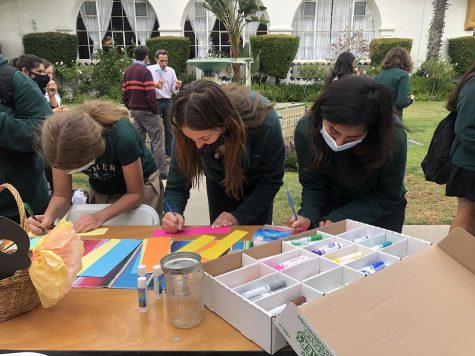
Geffen added that this celebration gives an opportunity for the community to respond to what’s currently going on in the world.
“When there were police shootings or such, we tried to showcase that on posters and use the altar to connect to what’s going on in the world. To give people an outlet to mourn and a space to remember, it allows other discussions to happen,” Geffen said. “It was not my initiative either, it was student groups that asked to partner with us on this.”
Foronda-Zanipatin agreed that the conversations Día de Los Muertos elicit are ones that are special to her.
“Seeing [the altar] makes me really emotional at times because honoring family legacy is so important for me and in Latino culture. It makes you think about how we can honor their legacy in the world now and how we can emulate them in the future,” Foronda-Zanipatin said. “The celebration has core values that all humans need to think about; to be grateful for the people that were once in our lives and the impact they had on us.”




![Freshman Milan Earl and sophomore Lucy Kaplan sit with their grandparents at Archer’s annual Grandparents and Special Friends Day Friday, March 15. The event took place over three 75-minute sessions. “[I hope my grandparents] gain an understanding about what I do, Kaplan said, because I know they ask a lot of questions and can sort of see what I do in school and what the experience is like to be here.](https://archeroracle.org/wp-content/uploads/2024/03/grandparents-day-option-2-1200x800.jpg)










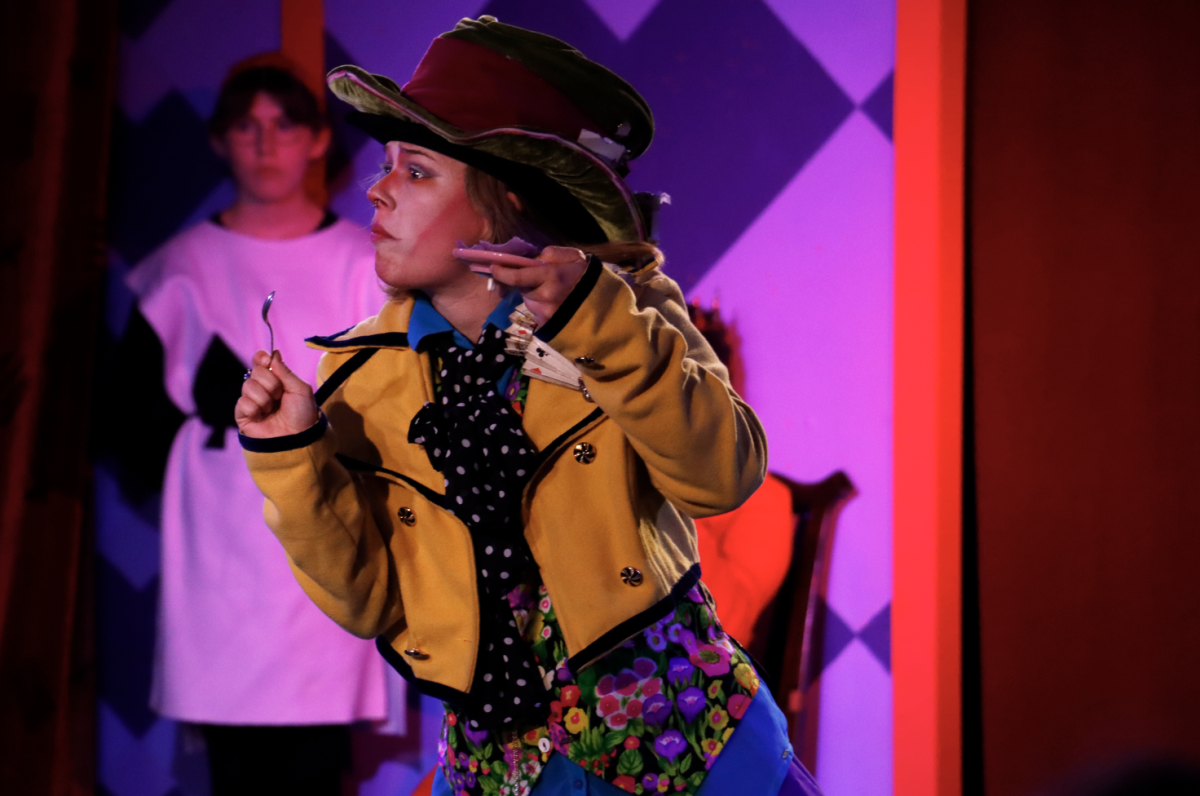







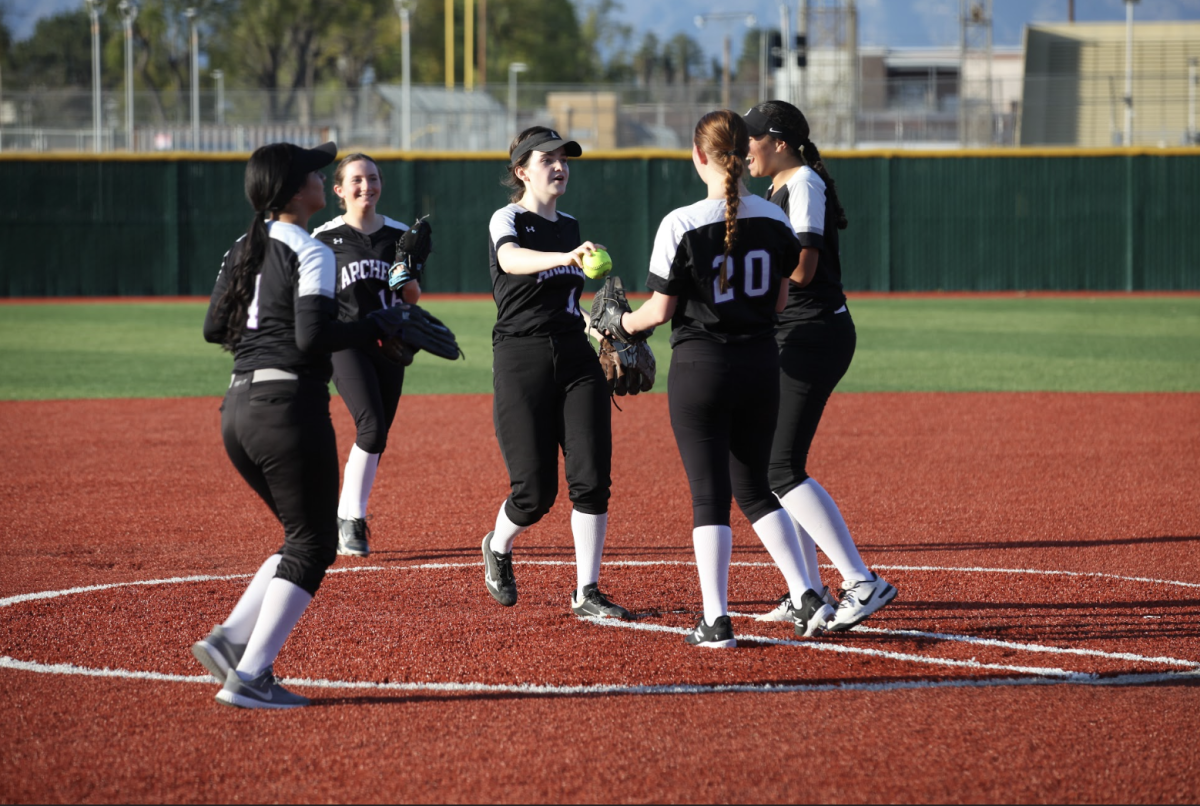



























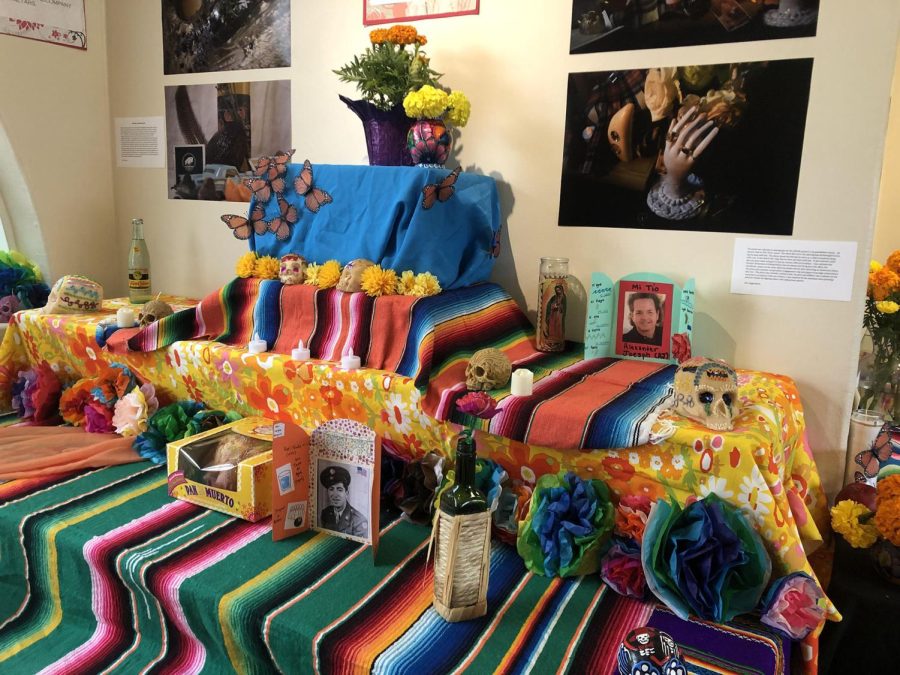
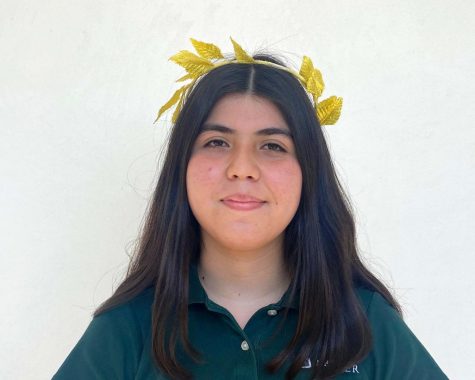





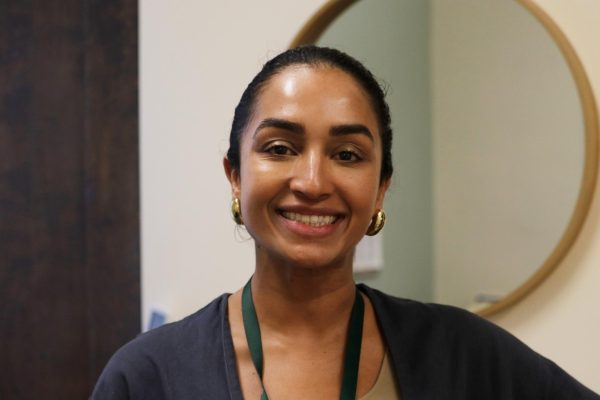
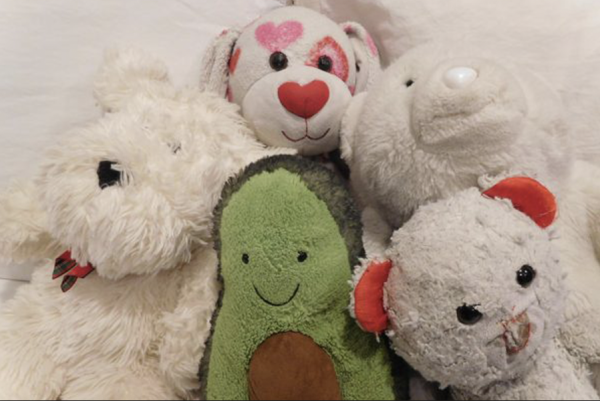
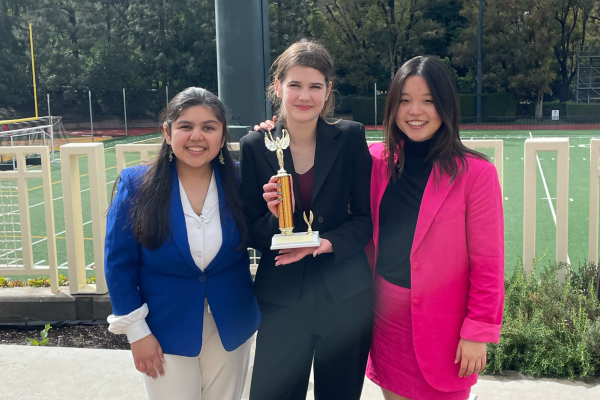


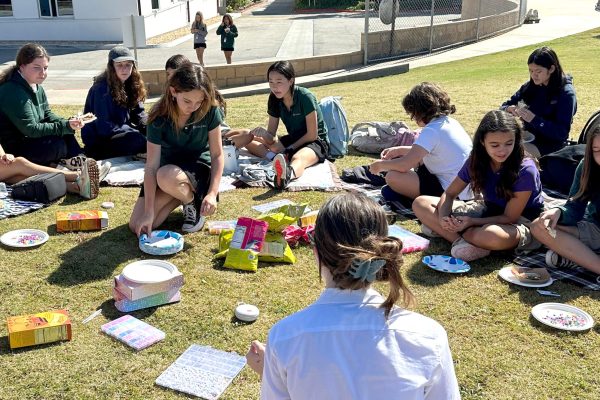


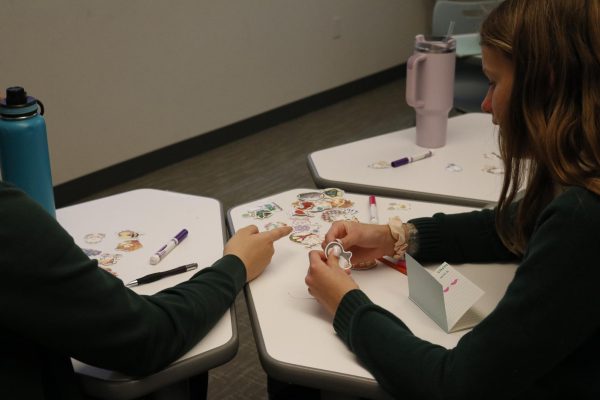
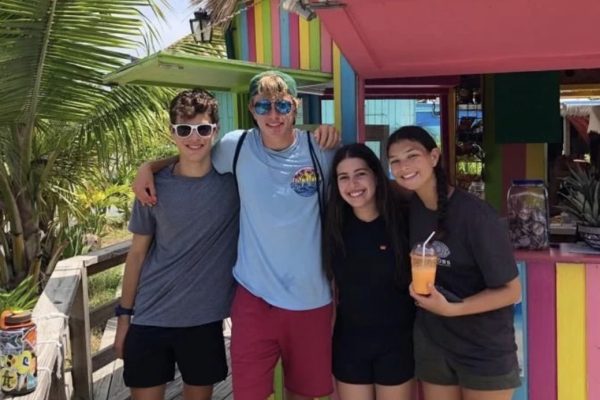
Ms. Chakravarty • Nov 4, 2021 at 9:42 pm
Lizette, thank you so much for sharing this article with our community. We are privileged to have you among us.
Travis Nesbitt • Nov 4, 2021 at 2:03 pm
Thanks for this beautiful article, Lizette. I really appreciate how it reflects different aspects of the Archer community (teachers of different disciplines, students, clubs/affinity groups) coming together to celebrate, honor and learn from a tradition that is dear to some and unfamiliar to others.
Cadence Callahan • Nov 4, 2021 at 1:16 pm
Lizette, this is an AMAZING piece! Thank you so much for writing about this beautiful celebration.
Ms. Hazell-O'Brien • Nov 4, 2021 at 12:48 pm
Lizette, this was a beautiful way to capture the traditions of holding our loved ones’ memories in our hearts. Thank you for your in-depth coverage within and around our community.